
Known for its "red elephants," Tsavo East is home to large populations of elephants, lions, cheetahs, and giraffes.

This inselberg acts as a water catchment, attracting numerous animals, including elephants, to drink during the dry season.

With over 500 bird species, including ostriches, flamingos, and raptors, Tsavo East offers birdwatchers a paradise.

Visit local communities like the Taita and Kamba tribes to experience their culture and traditions.

Tsavo East National Park, located in southeastern Kenya, is one of the country’s largest and oldest parks, spanning over 13,000 square kilometres. The park is known for its iconic red elephants, a unique phenomenon caused by the region's red, iron-rich soil. Tsavo East is also famous for its vast savannah, dry riverbeds, and seasonal water sources that attract a variety of wildlife, from the Big Five to hundreds of bird species.
Tsavo East is also home to some of the most stunning landscapes in Kenya, making it an excellent destination for photographers.
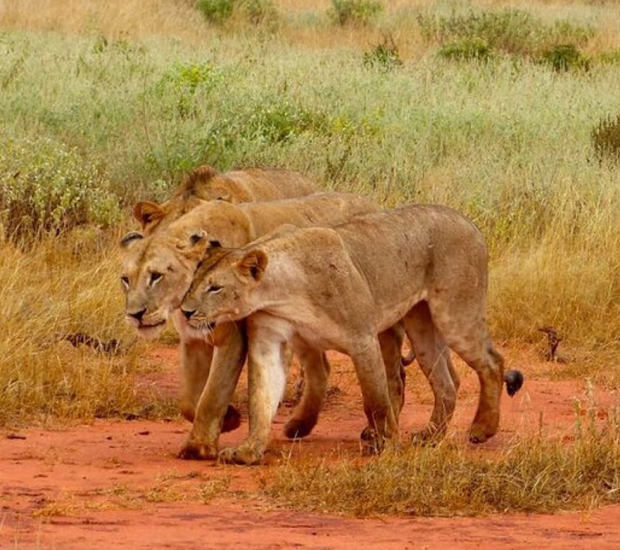
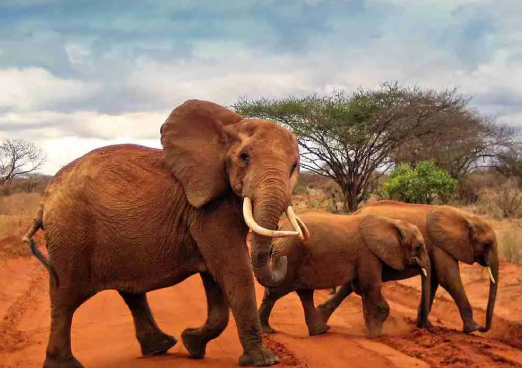
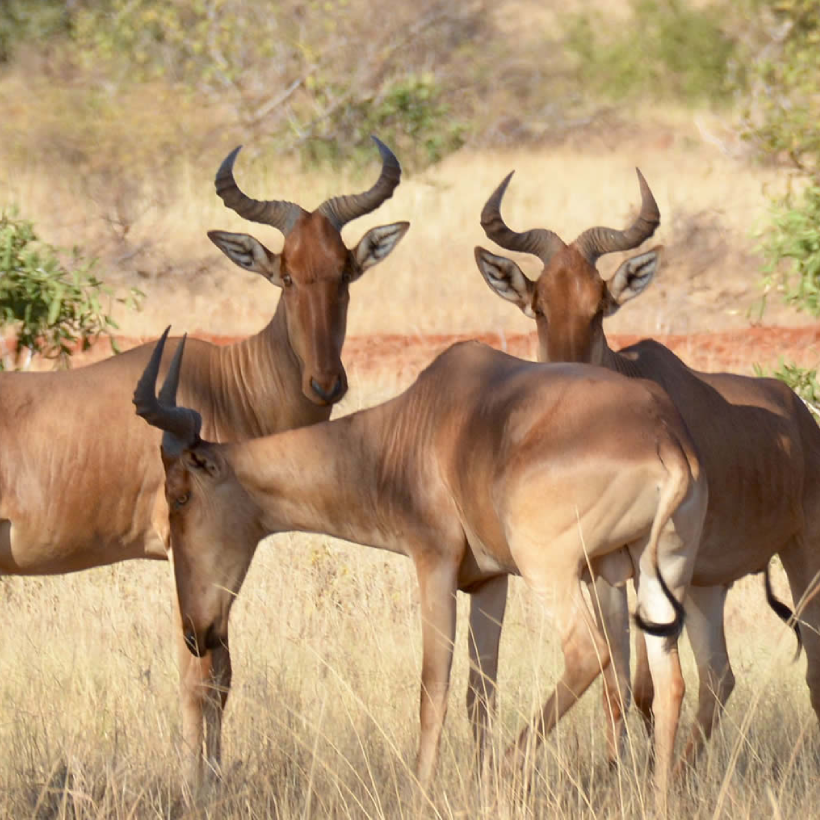
The best time to visit Tsavo East National Park is during the dry season, from June to October.
Get a free, no-obligation quote tailored to your needs by answering a few quick questions.
Tsavo East National Park is a year-round destination, but the best time to visit largely depends on the type of experience you’re seeking. The park’s weather, wildlife behaviour, and accessibility vary throughout the year, offering different experiences across seasons.
The dry season from June to October is the most popular time to visit Tsavo East. During these months, the weather is warm and sunny, and there is little rainfall. This dry spell makes it easier to spot wildlife, as animals gather around the park’s limited water sources. The lack of lush vegetation also improves visibility across the vast landscapes, making this the ideal time for game drives and wildlife photography. Expect to see large herds of elephants, lions, giraffes, and many other animals in their natural habitats.
The rainy season, which runs from March to May, transforms the park into a lush, green paradise. While the rain nourishes the environment, it can make some of the park’s roads difficult to navigate, particularly in the southern and western areas. This is not the best time for a traditional safari, but it does present excellent opportunities for birdwatching. Many migratory bird species arrive during the rainy season, offering birdwatchers a unique opportunity to see rare and colourful species.
If you prefer a quieter, more peaceful experience with moderate weather, the shoulder months of November to early December and February are also great alternatives. These months offer a balance of dry conditions, pleasant temperatures, and fewer crowds, making it an ideal time for a peaceful safari.
Tsavo East National Park offers exciting game drives across vast savannahs and dense woodlands. Visitors can spot wildlife, including elephants, lions, giraffes, zebras, and more. These drives provide great opportunities for wildlife photography, especially around water sources where animals congregate, particularly during the dry season.
With over 500 bird species, Tsavo East is a paradise for birdwatchers. The park’s wetlands, savannah, and forests attract a wide variety of both resident and migratory birds. From ostriches to raptors, visitors can enjoy observing diverse birdlife throughout the year, especially during the rainy season when migratory species arrive.
Aruba Dam is a prime spot for wildlife viewing in Tsavo East. The dam attracts a wide variety of animals, including elephants, buffaloes, and a range of bird species. Visitors can enjoy a scenic stop to view wildlife from the dam’s banks, particularly during the dry months when animals flock to the water.
Guided Walking Safari in Tsavo East provides a unique way to explore the park’s ecosystem up close. With expert guides, visitors learn about the flora, fauna, and local conservation efforts. These walks also provide a chance to see smaller wildlife, track animal footprints, and observe the intricate balance of nature.
Note: Availability of nature walks depends on the accommodation facility.
Tsavo East’s stunning landscapes and diverse wildlife make it a photographer’s paradise. The park’s open savannahs, dramatic hills, and vibrant sunsets offer fantastic opportunities for capturing stunning images of elephants, lions, and other iconic species. Sunrise and sunset safaris provide the perfect lighting for wildlife photography.
Mudanda Rock offers panoramic views of Tsavo East and is an excellent spot for wildlife viewing. From this viewpoint, visitors can observe herds of elephants, buffaloes, and antelopes in the nearby waterhole. The area is also rich in history, with ancient caves that add to its cultural significance.
Tsavo East is a wildlife haven, famous for its large herds of elephants, which often have a red hue from the soil. Visitors can also expect to see lions, cheetahs, buffaloes, giraffes, and zebras. The park is also known for sightings of leopards and hyenas.

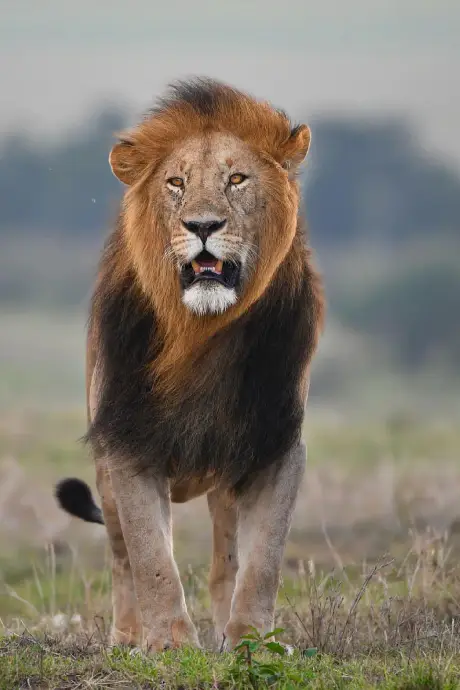
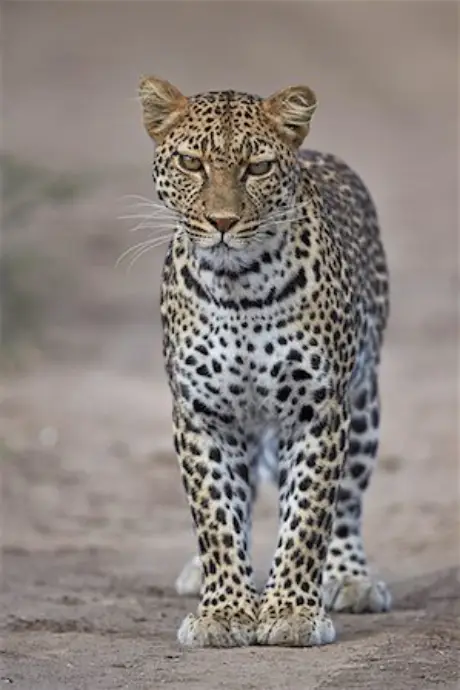
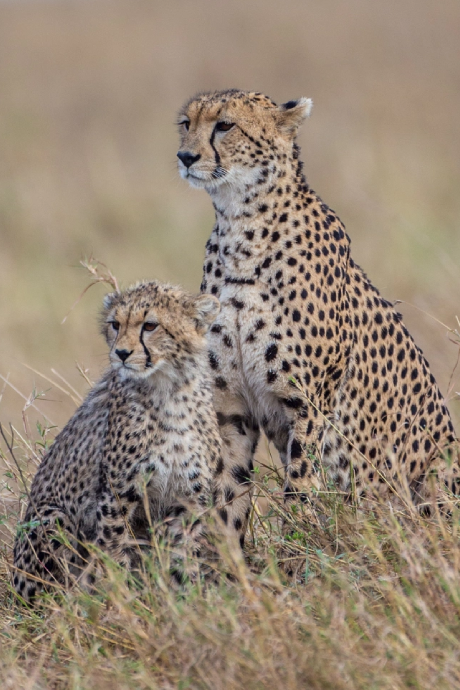

Tsavo East offers a range of accommodation options, from luxury lodges like Satao Camp and Voi Wildlife Lodge to budget-friendly campsites for more adventurous travellers. Mid-range options like Tsavo Safari Camp provide comfort and an authentic safari experience.
Experience a Tailor Made Tour with Jemu Expeditions—crafted to match your travel style. Enjoy personalized safari itineraries, exclusive wildlife experiences, and authentic cultural encounters across East Africa’s iconic landscapes.

View our popular Kenya safari itinerary and experience the best of African wildlife. Explore iconic destinations like Masai Mara, Amboseli, Samburu, and Ol Pejeta. Enjoy Big Five game drives, scenic landscapes, cultural encounters, and unforgettable safari moments in Kenya.
Experience the best of Kenya’s diverse wildlife and landscapes on this unforgettable safari.
Maasai Mara National Reserve is located in the South Western Circuit along the border of Tanzania
The 7 days safari will include visiting the famous and unique reserve in the Northern Circuit
For millions of years rhinos have thrived carrying their pre-historic and charismatic attributes
Patrizia G
Megan W
Melia B